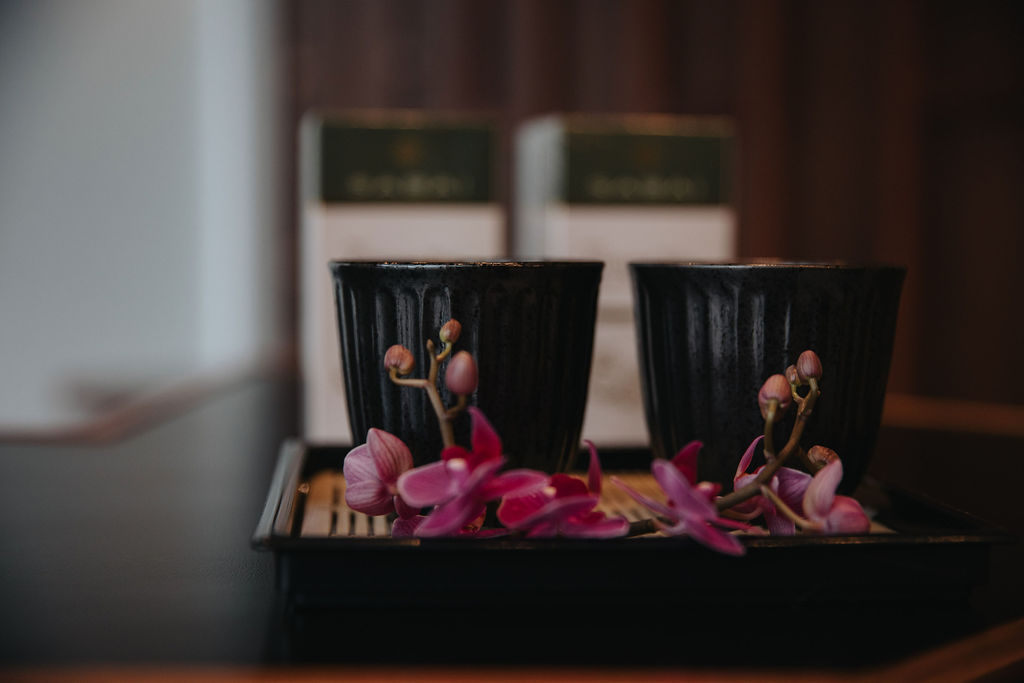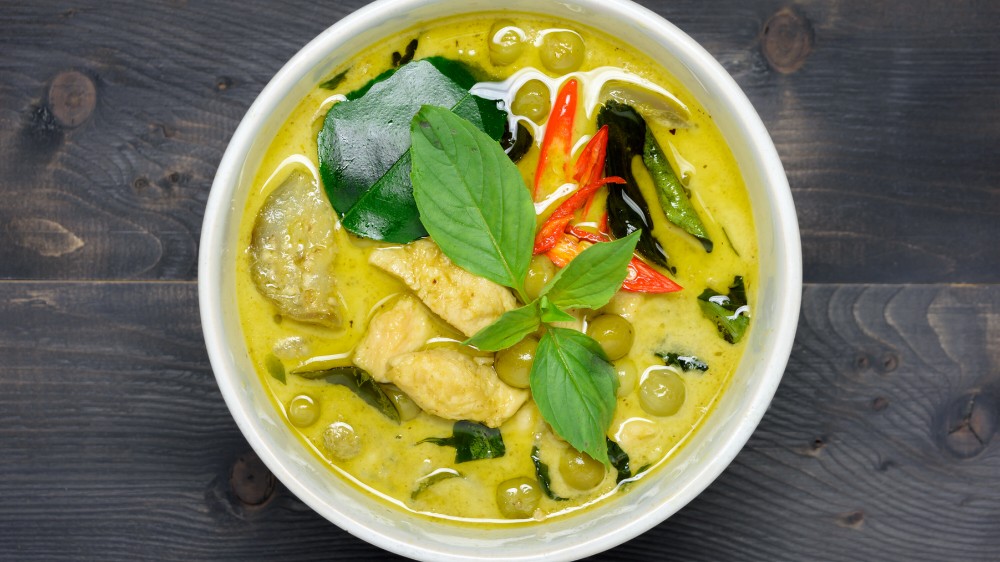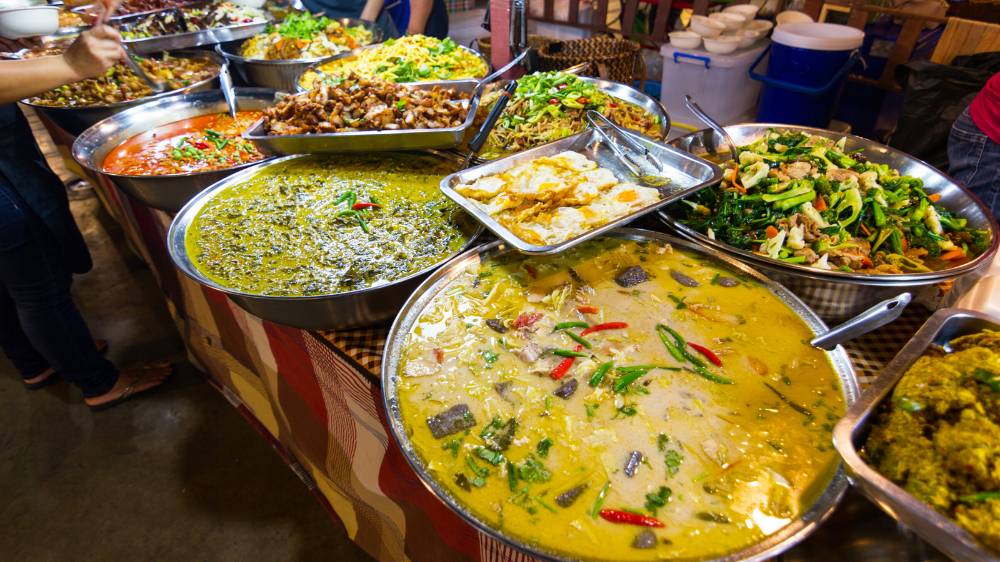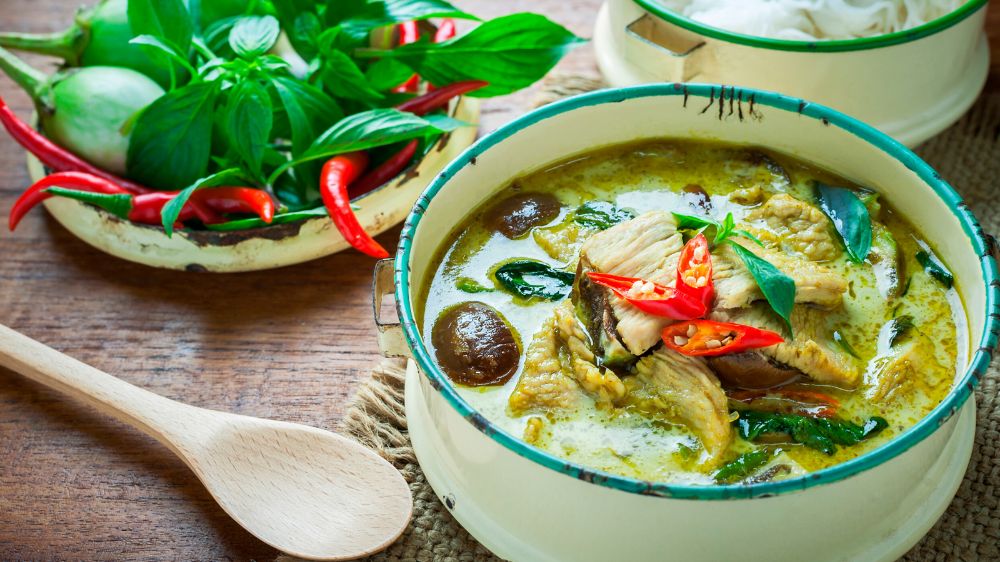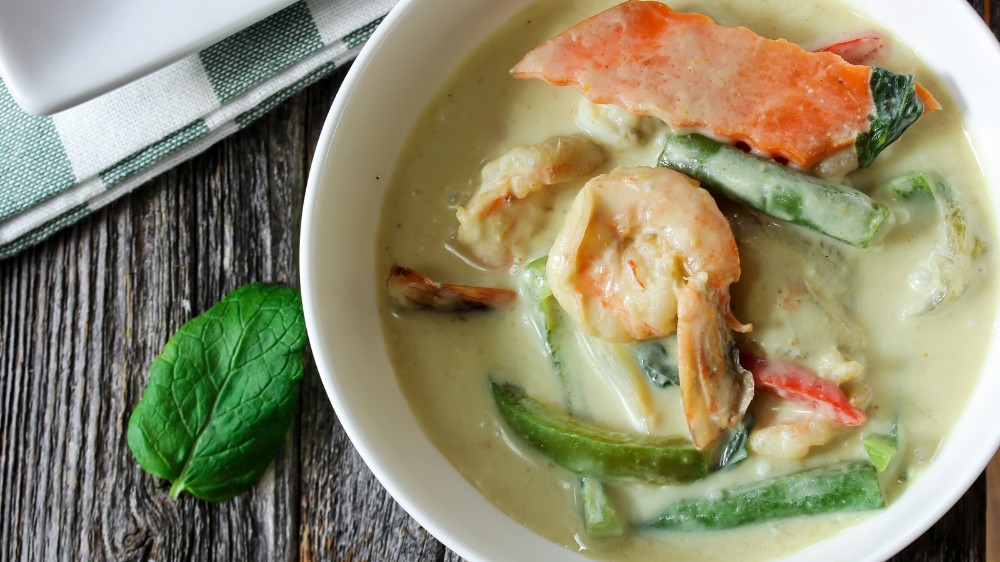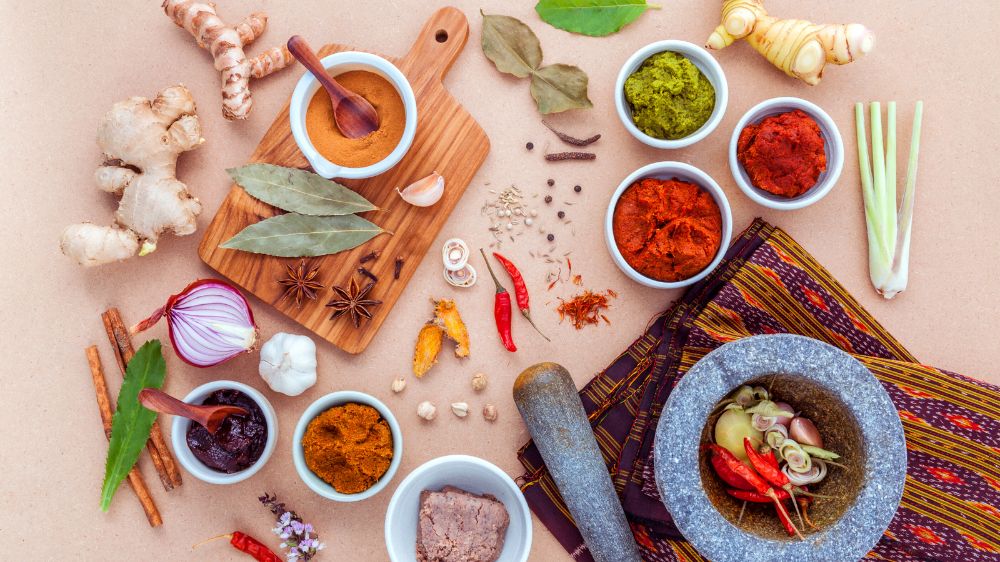Identifying Authentic Thai Curry: Key Indicators
If you’re outside of Thailand, you would know that sometimes it is hard to find all of the ingredients needed to make authentic Thai food–especially Fresh ingredients such as Thai basil, Kaffir lime, and Galangal. In many big cities in North America such as Vancouver, New York, or Los Angeles, residents are usually lucky to find many Thai ingredients because of the available imports from overseas. However, many towns and cities are not so lucky, which makes Thai food becomes either limited or less authentic.
However, this doesn’t necessarily mean that all of the Thai restaurants in big cities (where ingredients are available) are completely authentic. Often times, Thai food is modified due to the belief that it is either too spicy or doesn’t please the taste buds of foreigners. Therefore, this often makes a lot of Thai food in North America (and Europe) tastes sweeter than usual. Thailand has various and endless dishes, but in order to get you started, we will focus on Thai Curries. Here’s the top 5 tips on how to tell whether or not your curry is authentic.
Is It Thick?
Does the sauce of your curry run thick? If so, it is NOT authentic. Thai curries should not be thick, even if it is considered thick to Thai people, they are still quite runny like soup. If you can slurp your curry, that’s a great sign that it’s authentic. This doesn’t mean that ALL of Thai curries are runny. Some curries are thick, but they’re not well-known to foreigners because they are usually eaten as chili pastes and they are ridiculously spicy. But if you’re in North America and Europe, the Thai curries you can usually find, which are Green, Red, Yellow, or Massaman curry, should be soup-like.
For a complete Thai cultural experience, visit Sabai Thai North Vancouver, where you can enjoy authentic spa treatments that complement your love for Thai cuisine.
Does it Have Broccoli and Carrots?
If you said yes to this question, I am sorry to tell you your curry is NOT authentic. Thai people do not use broccoli or carrots in most of their curries (with the occasional exceptions of Massaman curry which can come with potatoes and carrots). Thai curries always use real herbs and Thai vegetables such as Thai eggplants, which are short and round unlike the regular aubergines, pumpkin, or bamboo shoots.
How Dark is Your Curry?
Are your curry light green, red, or yellow? Are they light like the picture above? Chances are they are not quite authentic. Traditional Thai curries usually run darker in colours and the colors depend on the ingredients of the curry pastes! This therefore can help you determine whether or not your curry is missing key ingredients. For example, the colours of the green curry depend on green chilies and yellow curry depends on turmeric.
Experience a touch of Thailand at Sabai Thai Spa Coal Harbour.
The Level of Spiciness Also Plays a Key Role
Did you know different curries all have different levels of spiciness? The following is a list of spiciness level from hottest to least hottest according to how Thai people make it:
Hottest: Green Curry
Hot: Red Curry
Mild & Sweet: Yellow & Massaman Curry
Despite having the name แกงเขียวหวาน “Sweet Green Curry” in Thai, Green Curry is the hottest curry among the list. So don’t let that name fool you!


